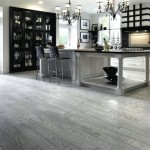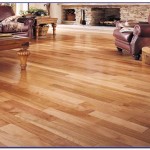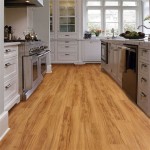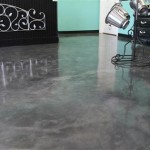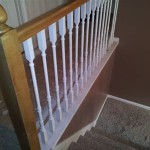Essential Aspects of Wood Laminate Flooring
Wood laminate flooring has become increasingly popular due to its durability, affordability, and ease of installation. Understanding its essential aspects is crucial for selecting and maintaining the ideal flooring for your home or commercial space.
Composition and Structure
Laminate flooring is engineered with multiple layers: a high-density fiberboard core, a decorative layer printed with wood or stone patterns, and a protective wear layer. The thickness of the wear layer determines the durability and resistance to scratches and wear. Choose a wear layer thickness appropriate for the intended use and traffic.
Durability and Resistance
Laminate flooring is known for its durability and resistance to moisture, scratches, and fading. The wear layer protects against日常 wear and tear, making it suitable for high-traffic areas like living rooms, kitchens, and commercial spaces. Its water-resistant surface resists spills and moisture, but it's not waterproof, so water exposure should be minimized.
Installation and Maintenance
Laminate flooring is designed for easy installation with a click-lock system that allows planks to interlock without glue or nails. Its floating installation method eliminates the need for underlayment and allows for installation over existing floors. Regular cleaning with a vacuum or broom and occasional damp mopping with a pH-neutral cleaner will maintain its appearance.
Appearance and Versatility
Laminate flooring offers a wide range of designs, from classic wood grains to contemporary stone or tile looks. The diversity of patterns and finishes allows for customization and complements various decorative styles. Its versatility makes it suitable for both residential and commercial settings, including homes, offices, and retail stores.
Environmental Considerations
Laminate flooring can be an environmentally friendly choice. Its manufacturing process generally uses recycled wood materials, and some manufacturers offer products with low volatile organic compound (VOC) emissions. Choosing laminate flooring with sustainable certifications helps reduce environmental impact.
Conclusion
Wood laminate flooring offers numerous advantages, including durability, affordability, ease of installation, and versatility. Understanding its composition, durability, maintenance requirements, appearance options, and environmental considerations will empower you to make an informed decision for your flooring needs.

Laminate Vs Hardwood Flooring Major Differences Forbes Home

Difference Between Laminate Flooring Vinyl Singapore

Pros Cons Of Wood Laminate Mesg

Laminate Floor Guide Lowe S

Laminate Wood Flooring Singapore Bilrich

Is Engineered Flooring Better Than Laminate Singapore

Engineered Hardwood Vs Laminate Flooring What S The Difference

The Benefits Of Installing Laminate Flooring Singapore

5 Tips On How To Choose Laminate Flooring Singapore

Waterproof Laminate Flooring In Singapore
Related Posts


